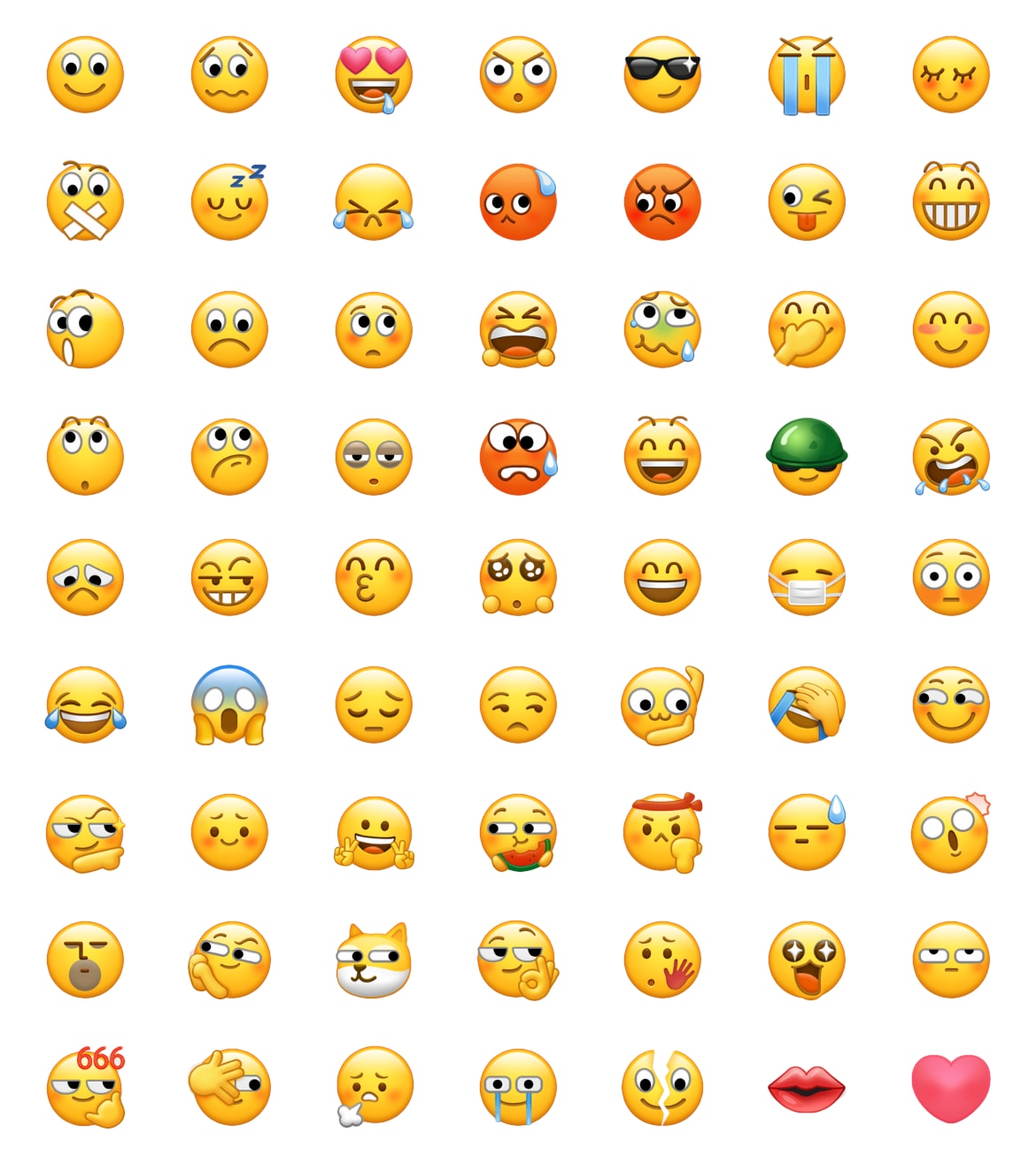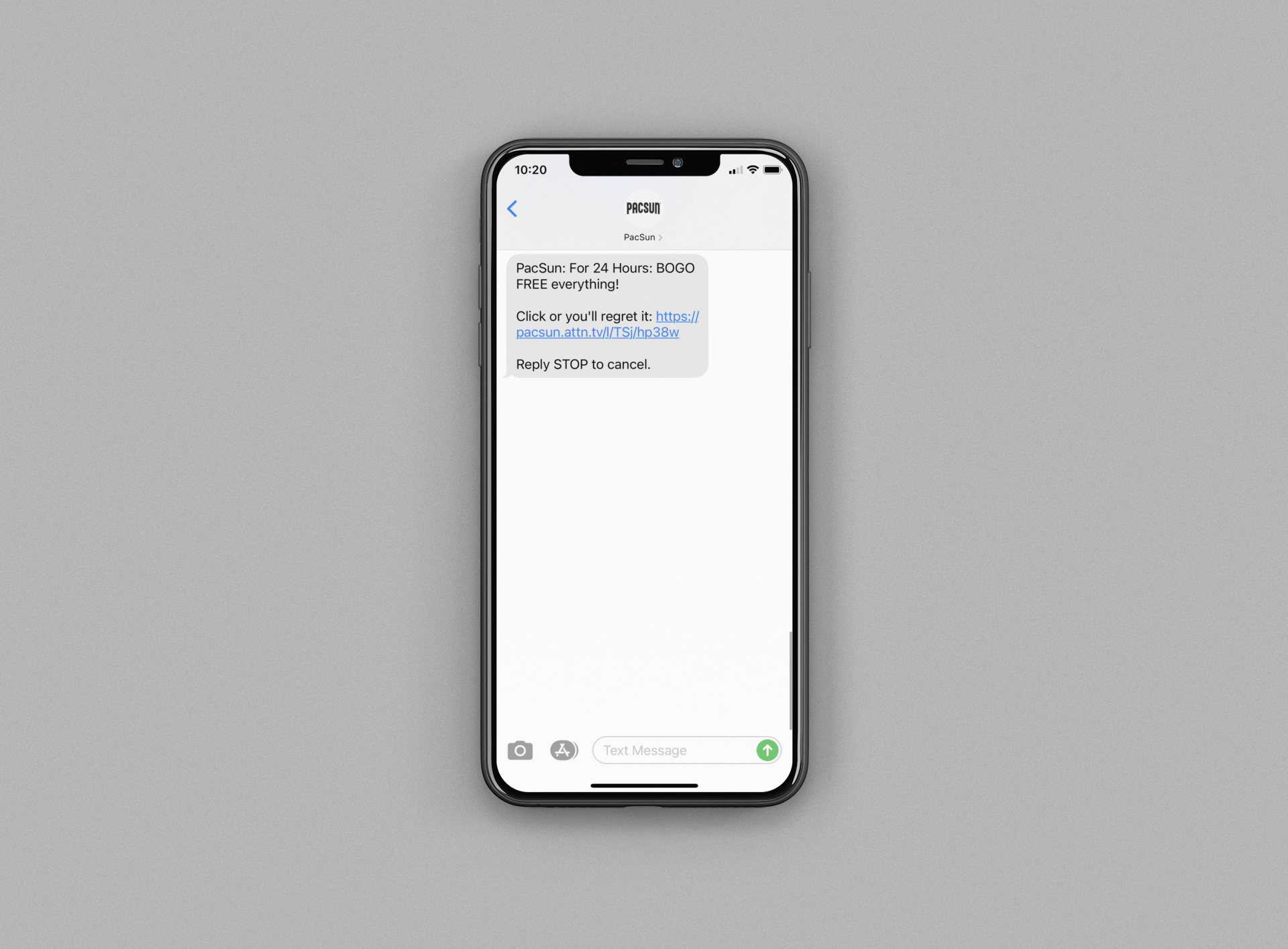What are texting acronyms and why they matter
If you have your own business, you likely use texting acronyms in your daily life, but you may not think of them as being relevant to your business as well. Forgetting about them can be a serious mistake, depending on your typical audience.
Using the top texting abbreviations helps you seem more relatable when talking to your customers. This helps you build a relationship with them and boost engagement.
But before you can use texting acronyms, you need to be familiar with them. You also have to take a few minutes to think about your audience and how receptive they are likely to be to texting abbreviations terms.
What are text abbreviations? What are texting acronyms?
Text abbreviations or texting acronyms are exactly what they sound like. They are abbreviations or acronyms designed to shorten commonly used words in text message form.
For example, “lol” is the abbreviation of “laugh out loud” or “laughing out loud.” Another example is “idk” for “I don’t know.” With a texting acronym, the shortened form uses the first letter of each word in the original. Some people also use abbreviations, which are shortened versions of words, such as “obvi” or “obv” for “obviously.” Another example of an abbreviation is “GR8” instead of “great.”
Common texting abbreviations you may want to use
It simply isn’t practical to include an exhaustive list of all the text slang you may use in your SMS marketing or other interactions with clients (including real life). However, the following highlights some of the most common acronyms and abbreviations you may want to incorporate – or you may receive in response to your messages.
- AFAIK – As far as I know
- AMA – Ask me anything
- AKA – Also known as
- ASAP – As soon as possible
- ATM – At the moment
- B4N – Bye for now
- B/C or BC – Because
- BBL – Be back later
- BDAY – Birthday
- Besties – Best friends
- BFF – Best friends forever
- BTW – By the way
- BRB – Be right back
- CWOT – Complete waste of time
- CYA – See ya
- CYT – See You tomorrow
- DIKY – Do I know you
- DM – Direct message
- DIY – Do it yourself
- EOD – End of day
- Finna – Going to or intending to
- FOMO – Fear of missing out
- F2F – Face to face
- FTW – For the win
- FYI – For your information
- GL – Good luck
- GR8 – Great
- G2G – Got to go
- HMU – Hit me up
- ICYMI – In case you missed it
- IDK – I don’t know
- IDC – I don’t care
- IIRC – If I recall correctly
- IMHO – In my humble opinion
- IRL – In real life
- JK – Just kidding
- JSYK – Just so you know
- LMK – Let me know
- LOL – Laughing out loud
- MSG – Message
- NP – No problem
- NVM – Never mind
- OFC – Of course
- OMG – Oh my gosh
- OOO – Out of office
- POV – Point of view
- ROFL – Rolling on the floor laughing
- SMH – Shaking my head
- SMS – Short message service
- TBA – To be announced
- TBC – To be continued
- TBD – To be determined
- THX – Thanks
- TY – Thank you
- TYT – Take your time
- TIA – Thanks in advance
- TL;DR – Too long, didn’t read
- TTYL – Talk to you later
- WDYM – What do you mean
- W/O – Without

Emoji
Emojis are ideograms, smileys, pictograms, or logograms that are embedded in a text message.

Emoticons
Emoticons are what some people think of as the predecessor to emojis. They are the combination of numbers, letters, and punctuation marks to convey an emotion. A classic example is “:)”, which is designed to make a smiley face.

What makes people abbreviate? Major trends influencing texting acronyms
The popularity of texting abbreviations and acronyms should be obvious. They let us save time and effort when writing. That was especially important on early phones with just a number pad. People had to press each button several times to get the right letter and even with T9, composing a text message was still time-consuming.
These earlier cellphones also encouraged abbreviations because of the limited space in each private message. Most messages were limited to just 160 characters. On top of that, people paid for each text. So, keeping a message as short as possible saved time and let you fit it into a single message, which saved money.
The history behind texting abbreviations and acronyms in written correspondence does not start with text messages. If you go further back to the days of the telegram, certain abbreviations were commonly used to keep messages short. For those who are curious, there are even written poems from the 1800s with abbreviations in them. While those were more of a stylistic choice, they show that these abbreviations are nothing new.
Emoticons and emojis, which you may also want to include in your SMS marketing, are commonly linked to Scott Fahlman of Carnegie Mellon University. He proposed them in 1982 on a discussion board.
As the texting acronyms became more common, they also expanded to other forms of communication, such as in a casual email, online chat, and an instant message.
Using texting acronyms and texting abbreviations with customers – the individual pieces of texting acronyms
Text abbreviations help you relate to clients and work well as part of your text messaging campaigns. However, you need to make sure that you think about your audience and their preferences, including where to use the acronyms and which ones to use.
Know Your audience
As you decide how much to incorporate texting abbreviations into your text messaging, think about your audience. The biggest consideration is their age, although other factors will also influence how frequently they use texting abbreviations and how receptive they are to businesses that use them. It’s smart to look at various text message marketing statistics before creating your campaign.
For example, just 26% of Baby Boomers use texting abbreviations several times a day. On the other side of the spectrum, 62% of Generation Z use them daily. 56% of millennials and 48% of Gen X use them daily.
Part of knowing your audience also means sticking to the acronyms and texting abbreviations that they understand.
Use texting abbreviations and acronyms with SMS marketing
Your goal when you incorporate texting abbreviations into your SMS text message marketing is to make the conversation feel more natural. Using texting acronyms with clients who use them regularly themselves, for example, will help them feel as if they are talking to a friend.
Essentially, sending texts with familiar abbreviations will help you build your brand and communicate with people.
To get the most from it, however, you never want the text message to feel forced. Instead, only use abbreviations and acronyms where it feels natural to do so and do so sparingly. If you include too many texting abbreviations, you can accidentally make your text message hard to read instead of relatable. In practice, this means you shouldn’t use more than one or two in a single text message.
It’s not a good idea to use too many top texting abbreviations as it may seem forced, distracting, or unprofessional, or make the message hard to read.
Conversation examples using text abbreviations
To figure out how best to incorporate texting abbreviations into your SMS campaign, consider some of the following examples that highlight common ways to use them. Use these acronym examples for texting to inspire you on how to use other texting abbreviations as well.
BOGO

BOGO (buy one, get one) is a very common abbreviation for sales, both in person and via text messaging. This example from PacSun shows a classic way that you can easily use it to let customers know about an upcoming BOGO promotion.
EOD
“Our 50% sale lasts until EOD. Shop now!”
This shows how you can use EOD (end of day) in your text messages in a natural way.
You could also use it in follow-up messages. For example, if someone requests a quote, you could send a text saying:
“One of our representatives will contact you by EOD.”
ICYMI

The above image is a perfect example of how you can use ICYMI (in case you missed it) texting lingo in your SMS campaigns. It is a great introduction to promotions or sales.
LMK

The above example is a convenient option for using LMK (let me know).
In addition to using it to confirm appointments, you could also use it to set up appointments, such as “LMK when you would like to make an appointment.”
TBA

This image is a good example of how you could use TBA (to be announced) text abbreviation for events.
You could also use TBA to get customers excited about upcoming sales. For example, you could say something like “Enjoy up to 50% off on select items. Participating items TBA.”
TYVM
“TYVM for buying from our fall collection. We hope you shop with us again soon!”
This example uses TYVM (thank you very much) to thank customers for their purchases. You could also replace TYVM with TY (thank you) or THX (thanks) for the same effect.
Conclusion: why your business should care about texting acronyms
With the knowledge of the top texting abbreviations and the types of situations you can use them in, you are on your way to creating more engaging SMS campaigns with messages that help you connect with your audience. Just remember to keep your audience in mind as you plan your texts and not to use too many abbreviations.



